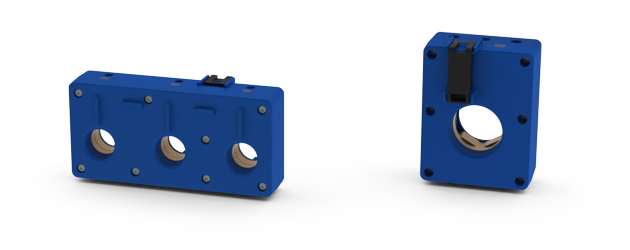by Uwe Meding
By the end of this decade, hundreds of thousands or possibly millions of new energy metering devices will have been installed in industrial and retail settings to help manage the increasing energy costs. Contained in each of these devices will embed communications and dozens, if not hundreds of of sensors and actuators. Telecommunications infrastructure will play a key role, becoming the nervous system of a digital society and and economy by supporting the tremendous number of new devices.
To keep up, new new architectural models for networks and virtualization are being developed and explored. By decoupling hardware from software, these technologies are expected to make these networks simpler to manage, more flexible, quicker to build and deploy and more cost effective. Virtualization, on he other hand, will allow cost optimizations.
These monitoring networks must seamlessly interconnect a tremendous number of devices, machines and smart object at the edges — where the energy usage occurs — with the enormous processing power available in the cloud. Cloud computing and network function virtualization are different facets of the same worldwide industry transformation toward expanding information technologies into the monitoring arena.
Future of the monitoring networks
Current telecom networks can be thought of as interconnected complexes of equipment such as transport nodes, routers, switches, and middleboxes that shuttle data traffic from node to the next across the network. The equipment is mostly based on specialized hardware and closed software.
The new networks required for these sensors separate the hardware (which forwards the data packets) from the software (which is in charge of the of controlling the routers). One main novelty is the fact that software is then executed not necessarily in the equipment, but potentially in the cloud or distributed servers. Another key aspect of these networks is a wide number of abstractions and application programmable interfaces to program the functions and services of network resources. All the network functions provided by today by middleboxes could be virtualized and executed in the cloud and in the various locations in the network as required.








Leave a Reply
You must be logged in to post a comment.